New World Monkeys
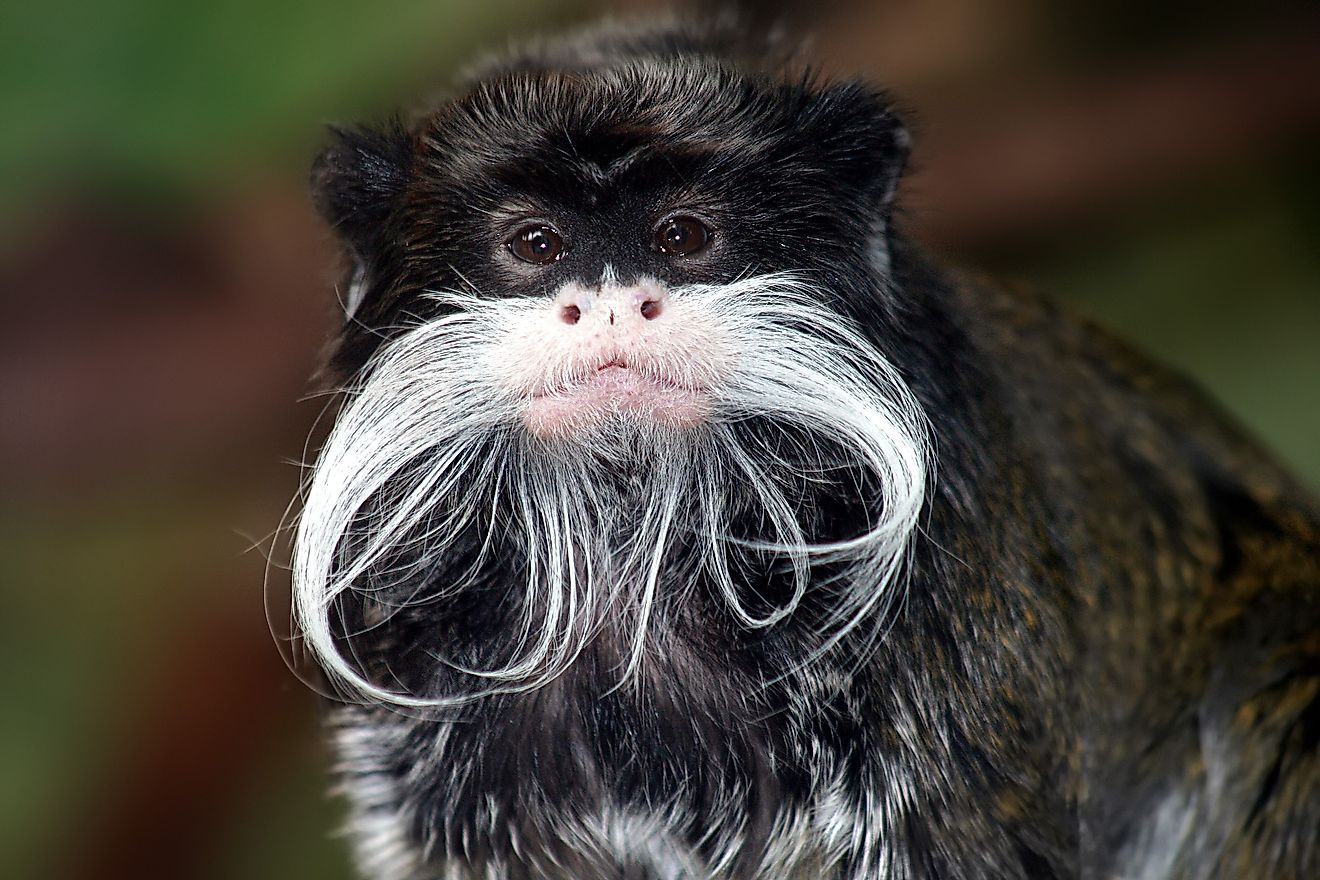
New World monkeys is a term given to monkeys found in South America, Central America and some parts of Mexico. They are divided into five categories: Pitheciidae, Aotidae, Atelidae, Callitrichadae, and Cebidae. The new world monkeys are characterized by wide, flat noses. They tend to live in groups and have different gestation periods. Some of these monkeys are monogamous, while others are polygamous. Most of them exhibit human characters such as caring for the young ones, protecting and feeding their families. Their close relatives are the old world monkeys and apes who are mostly natives of Asia and Africa. Other monkeys such as the Aotidae are currently being used in Malaria research among other medical experiments.
Types Of New World Monkeys
Callitrichidae
Callitrichidae is a family of monkeys of the new world order, known for being small in size. Callitrichids feed on fruits, insects, small vertebrates and sap or gum from trees and live in groups of 5 to 6. Callitrichids are known for regularly giving birth to twins. Males help to raise the young. Examples of callitrichadae are marmosets and tamarins.
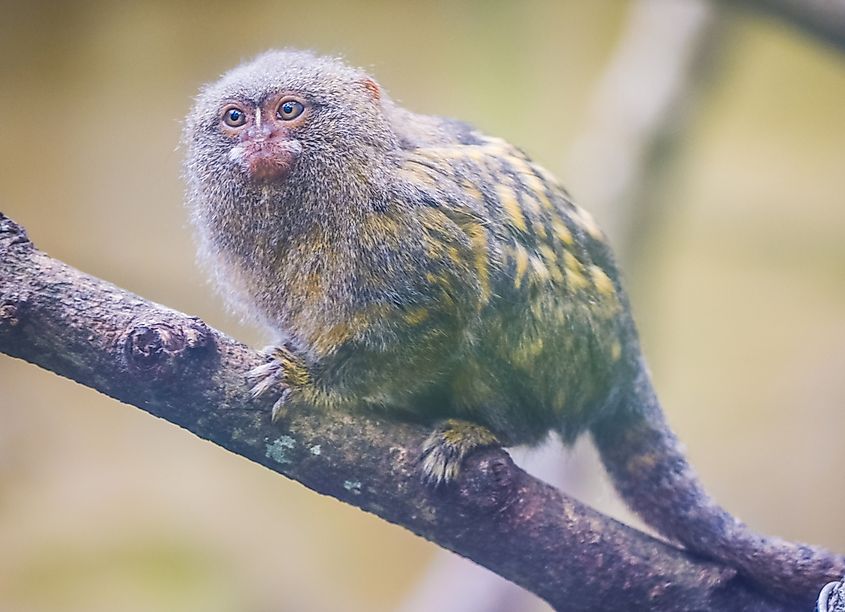
Cebidae
The Cebidae group of new world monkeys includes capuchins and squirrel monkeys. Found in Central and South America, they rarely travel on the ground. They have an extra molar tooth compared to marmosets and a prehensile tail. The Cebidae live in larger groups than Callitrichadae comprising of 5 to 40 individuals per group. They have a gestation period of about 130 to 170 days.
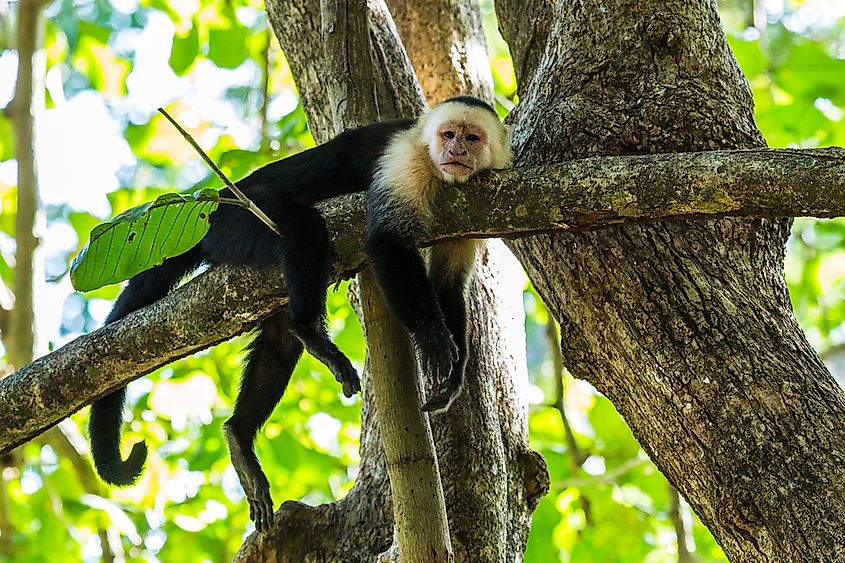
Aotidae
The Aotidae family is made up of night monkeys who are also known as owl monkeys. They are the only type of nocturnal monkeys. They can be found in both South America and Panama. The night monkeys have been fundamental in the Malaria research since they are affected human malaria protozoan known as Plasmodium falciparum. Night monkeys have large eyes that aid in nocturnal vision.
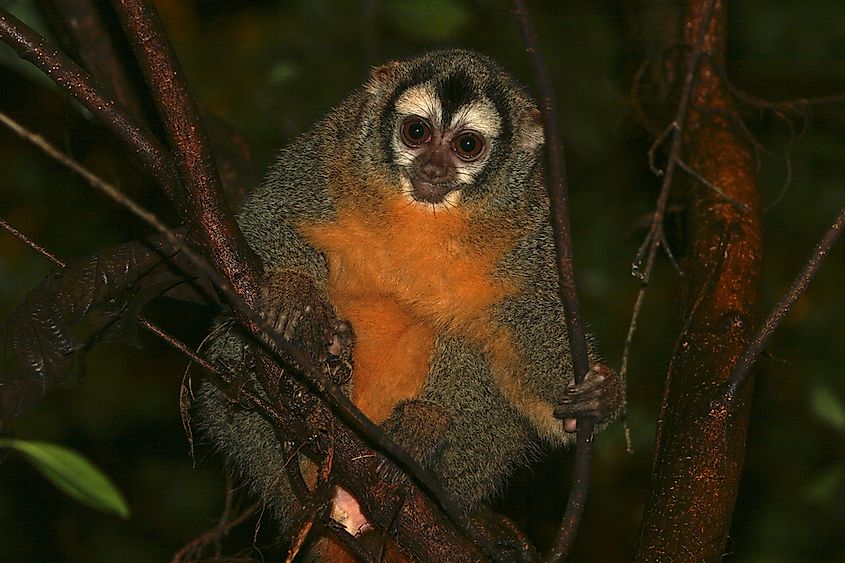
Pitheciidae
The members of the Pitheciidae family are the titis, sakis, and uakaris. They are mostly found in Brazil. They range in size from small to medium and feature a broad range of colors. Most pithecids are herbivorous feeding on insects, seeds, and fruits. The females give birth after every four to six months to one young. Among the pithecids, pithecia sakis and titis are monogamous, while bearded sakis and uakaris are polygamous. Like the other new world monkeys, pitheciidae are also social animals. They live in groups of between 8 to 30 individuals with the titis living in smaller groups than the rest. As many as 54 species of Pitheciidae have been identified so far.
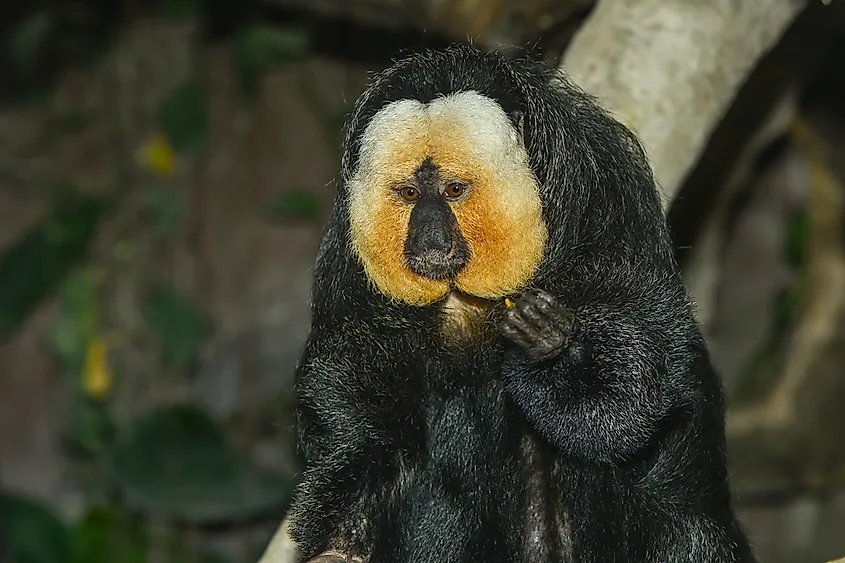
Atelidae
The Atelidae group is made up of monkeys which are larger than those in the Callitrichadae, Cebidae, Aotidae and Pitheciidae groups. Such monkeys include wooly, spider, howler and wooly spider monkeys. The howler monkeys are the largest of the group while the spider monkeys are the smallest. The Atelidae have long tails which they use as a ‘fifth limb’ to grasp objects. Most of these monkeys live in dense rain forests, but some howler monkeys can be found in wooded savannah or drier forests. The gestation period of females who give birth to one offspring at a time is 180 to 225 days. Atelid monkeys live in groups of up to 25 adults and are polygamous. In the case of howler monkeys who live in smaller groups, one group is made up of one male who dominates the other females in the group. There are 29 recognized species in the Atelidae family.
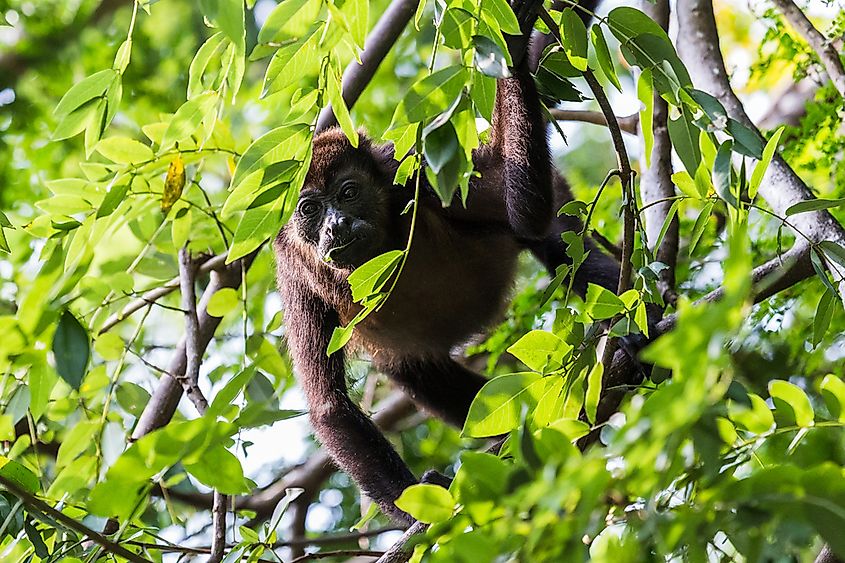
Threats To The New World Monkeys
The New world monkeys, like many wild animals, face enormous threats. Most of the threats faced by these animals are caused by human activities such as deforestation which reduces the size of their habitat. Hunting of these animals also threatens their population. They are hunted mainly for scientific research and for captive breeding.
Types of New World Monkeys
| Rank | Family | Examples |
|---|---|---|
| 1 | Callitrichidae | Marmosets, tamarins |
| 2 | Cebidae | Capuchins, squirrel monkeys |
| 3 | Aotidae | Night monkeys |
| 4 | Pitheciidae | Titis, sakis, uakaris |
| 5 | Atelidae | Howler, spider, woolly spider, woolly monkeys |











